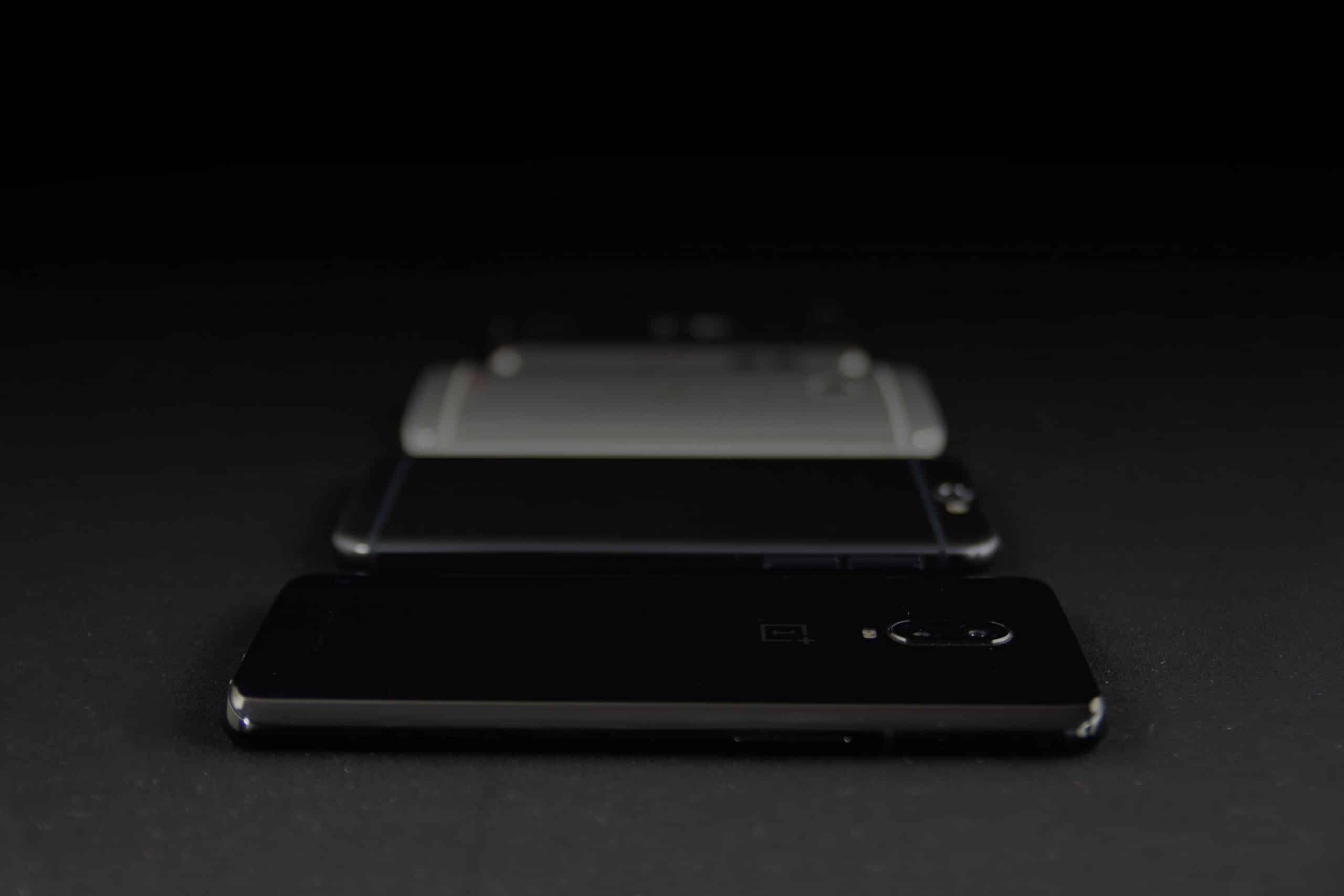
Understanding WiFi-Only Smartphones
WiFi-only smartphones lack cellular connectivity, meaning they cannot make or receive calls or send texts over a cellular network. Instead, they rely solely on WiFi for internet access and communication. This can be particularly useful for individuals who want to avoid the costs associated with cellular plans or for those who prefer to use their devices in areas with reliable WiFi coverage.
Key Features to Consider
When selecting a WiFi-only smartphone, consider the following features:
- Display and Performance: A good display with high resolution and a fast processor are essential for smooth performance.
- Camera Quality: While not as critical for WiFi-only devices, a decent camera can still be useful for capturing moments.
- Battery Life: A long-lasting battery is crucial for devices that will be used extensively.
- Storage and Expandability: Ample storage and the ability to expand it via microSD cards are important for storing apps, photos, and other data.
- Additional Features: Bluetooth, GPS, and other connectivity options can enhance the user experience.
Top Android Phones with WiFi Only
Nokia C110
The Nokia C110 is a budget-friendly option that offers excellent value for its price. This phone runs on Android 9.0 and features a 5-inch display with a resolution of 720×1440 pixels. It comes with 32GB of internal storage, which can be expanded up to 128GB via a microSD card. The device supports dual SIM functionality but can be used as a WiFi-only device by simply removing the SIM card.
Pros:
- Affordable price point ($30 at Walmart)
- Simple and intuitive interface
- Good battery life
Cons:
- Limited storage capacity
- No high-end camera features
Tracfone BLU View 5
The Tracfone BLU View 5 is another budget-friendly option available at Best Buy. This phone features a 6.5-inch HD display and runs on Android 10. It comes with 64GB of internal storage, which can be expanded up to 128GB via a microSD card. The device supports dual SIM functionality but can be used as a WiFi-only device by simply removing the SIM card.
Pros:
- Affordable price point ($29.99 at Best Buy)
- Large display
- Good battery life
Cons:
- Limited high-end features
- No waterproofing
Moto G Play 2024
The Moto G Play 2024 is a mid-range smartphone available at Best Buy. This device features a 6.5-inch HD display and runs on Android 11. It comes with 64GB of internal storage, which can be expanded up to 512GB via a microSD card. The device supports dual SIM functionality but can be used as a WiFi-only device by simply removing the SIM card.
Pros:
- Affordable price point ($50.99 at Best Buy)
- Good battery life
- Expandable storage
Cons:
- Limited high-end features
- No waterproofing
Samsung Galaxy A03s
The Samsung Galaxy A03s is another mid-range option available at various retailers. This device features a 6.5-inch HD display and runs on Android 11. It comes with 32GB of internal storage, which can be expanded up to 1TB via a microSD card. The device supports dual SIM functionality but can be used as a WiFi-only device by simply removing the SIM card.
Pros:
- Good battery life
- Expandable storage
- Decent camera quality
Cons:
- Limited high-end features
- No waterproofing
Samsung Galaxy A14 5G
The Samsung Galaxy A14 5G is a more advanced option available at various retailers. This device features a 6.5-inch HD display and runs on Android 12. It comes with 64GB of internal storage, which can be expanded up to 1TB via a microSD card. The device supports dual SIM functionality but can be used as a WiFi-only device by simply removing the SIM card.
Pros:
- Good battery life
- Expandable storage
- Decent camera quality
- 5G connectivity (though not necessary for WiFi-only use)
Cons:
- Limited high-end features
- No waterproofing
Additional Considerations
Parental Controls
For parents looking to provide their children with a smartphone, consider devices with robust parental control features. These features can help restrict access to certain apps and ensure the child's safety online.
Safety Features
Some devices come with built-in safety features such as the ability to lock the phone to a specific app or disable the dialer app. This can be particularly useful for young children who might accidentally call or text someone.
Budget-Friendly Options
For those on a tight budget, there are several budget-friendly options available. These devices often lack high-end features but provide basic functionality at an affordable price point.
Used or Refurbished Devices
Another option is to consider used or refurbished devices. These can often be found at a lower cost and still offer reliable performance. However, ensure that the device is in good condition and has been properly sanitized before use.
Choosing the right WiFi-only smartphone depends on your specific needs and preferences. Whether you're looking for a budget-friendly option or a more advanced device with robust features, there is a wide range of choices available in the market. By considering factors such as display quality, performance, storage capacity, and additional features like Bluetooth and GPS, you can find a device that meets your requirements without breaking the bank. Additionally, parental control features and safety considerations should be top of mind when selecting a device for children. With the right choice, you can enjoy all the benefits of a smartphone without the need for cellular connectivity.
